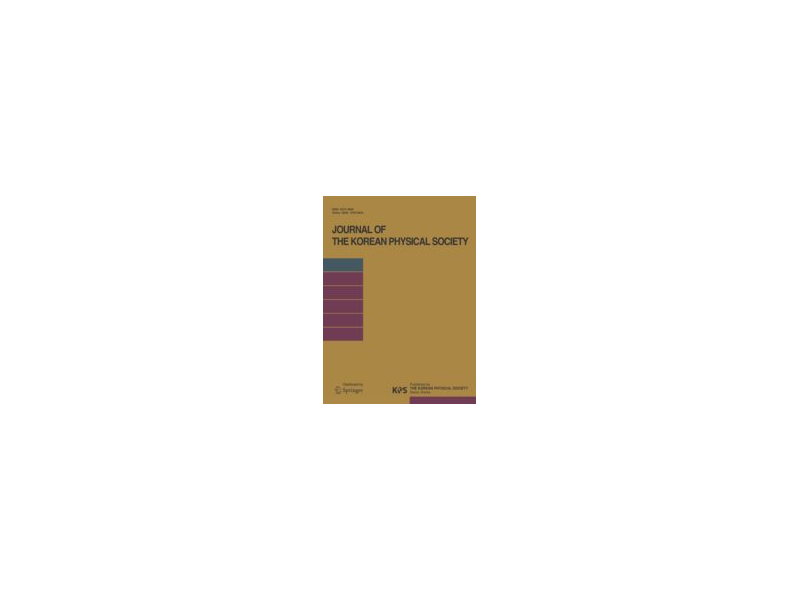
[free_download_btn]
R. Jafer, L. Volpe, D. Batani, M. Koenig, S. Baton, E. Brambrink and F. Perez, F. Dorchies, J. J. Santos, C. Fourment, S. Hulin, P. Nicolai, B. Vauzour, K. Lancaster, M. Galimberti, R. Heathcote, M. Tolley and Ch. Spindloe, P. Koester, L. Labate, L. Gizzi, C. Benedetti and A. Sgattoni, M. Richetta, J. Pasley, F. Beg, S. Chawla and D. Higginson, A. MacKinnon and A. McPhee, Duck-Hee Kwon, Yongjoo Rhee
Journal of the Korean Physical Society, 57, 305-310 (2010).
Abstract
The paper describes the key points contained in the short term HiPER (High Power laser Energy Research) experimental road map, as well as the results of two phases of the experiment performed in "HiPER dedicated time slots. Experimental and theoretical results of relativistic electron transport in cylindrically compressed matter are presented. This experiment was achieved at the VULCAN laser facility (UK) by using four long pulse beams (similar to 4 x 50 J, 1 us, at 0.53 mu m) to compress a hollow plastic cylinder filled with plastic foam of three different densities (0.1, 0.3, and 1 g cm(-3)). In the first phase of the experiment, protons accelerated by a picosecond laser pulse were used to radiograph a cylinder filled with 0.1 g/cc foam. Point projection proton backlighting was used to measure the degree of compression as well as the stagnation time. Results were compared to those from hard X-ray radiography. Finally, Monte Carlo simulations of proton propagation in cold and compressed targets allowed a detailed, comparison with 2D numerical hydro simulations. 2D simulations predict a density of 2-5 g cm(-3) and a plasma temperature up to 100 eV at maximum compression. In the second phase of the experiment, a short pulse (10 ps, 160 J) beam generated fast electrons that propagated through the compressed matter by irradiating a nickel foil at an intensity of 5 x 10(18) Wcm(-2). X-ray spectrometer and imagers were implemented in order to estimate the compressed plasma conditions and to infer the hot electron characteristics. Results are discussed and compared with simulations.
- Versione PDF
- Scarica 1
- Dimensioni file 581.29 KB
- Conteggio file 1
- Data di Pubblicazione Febbraio 6, 2018
- Ultimo aggiornamento Febbraio 6, 2018
